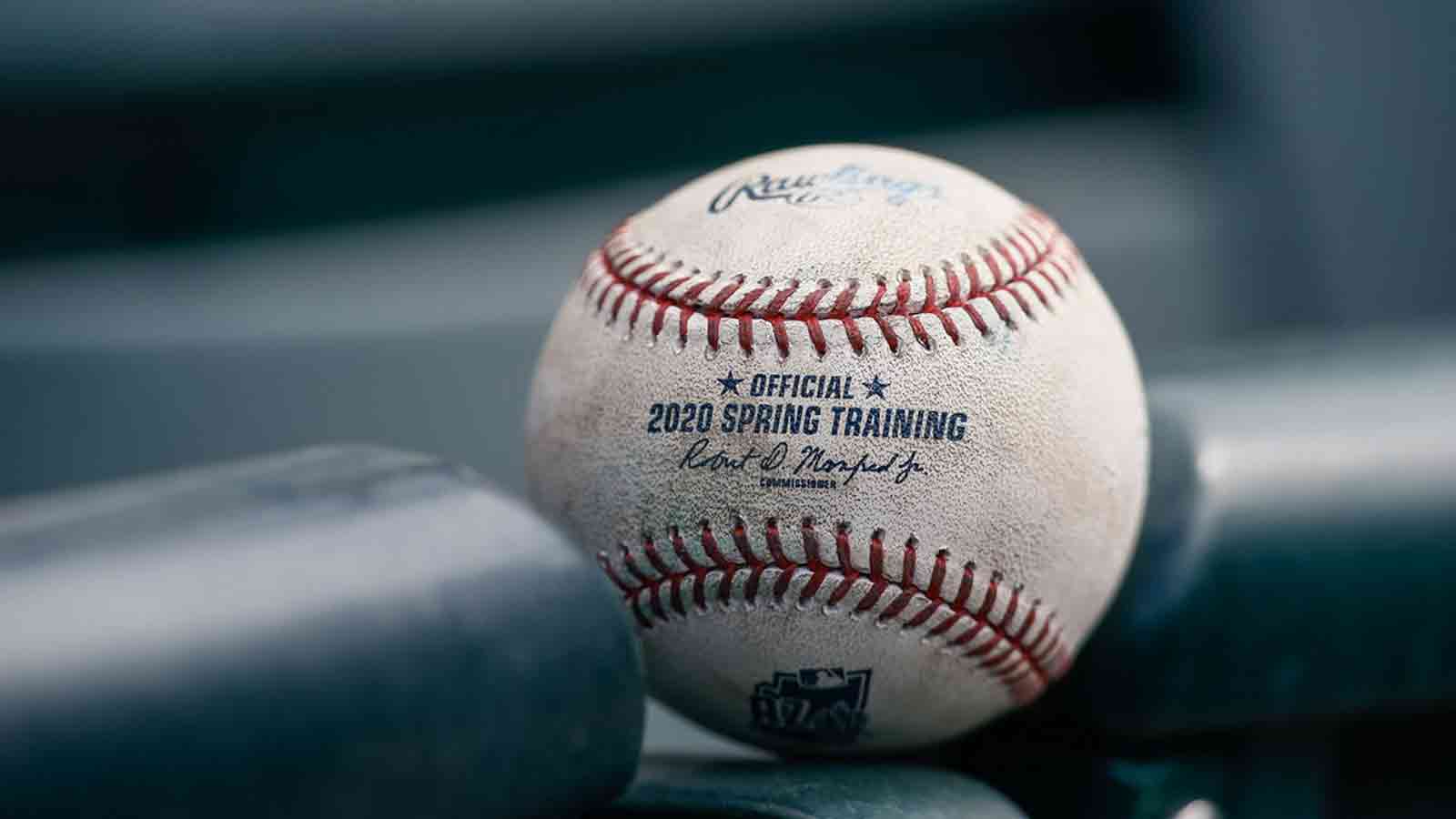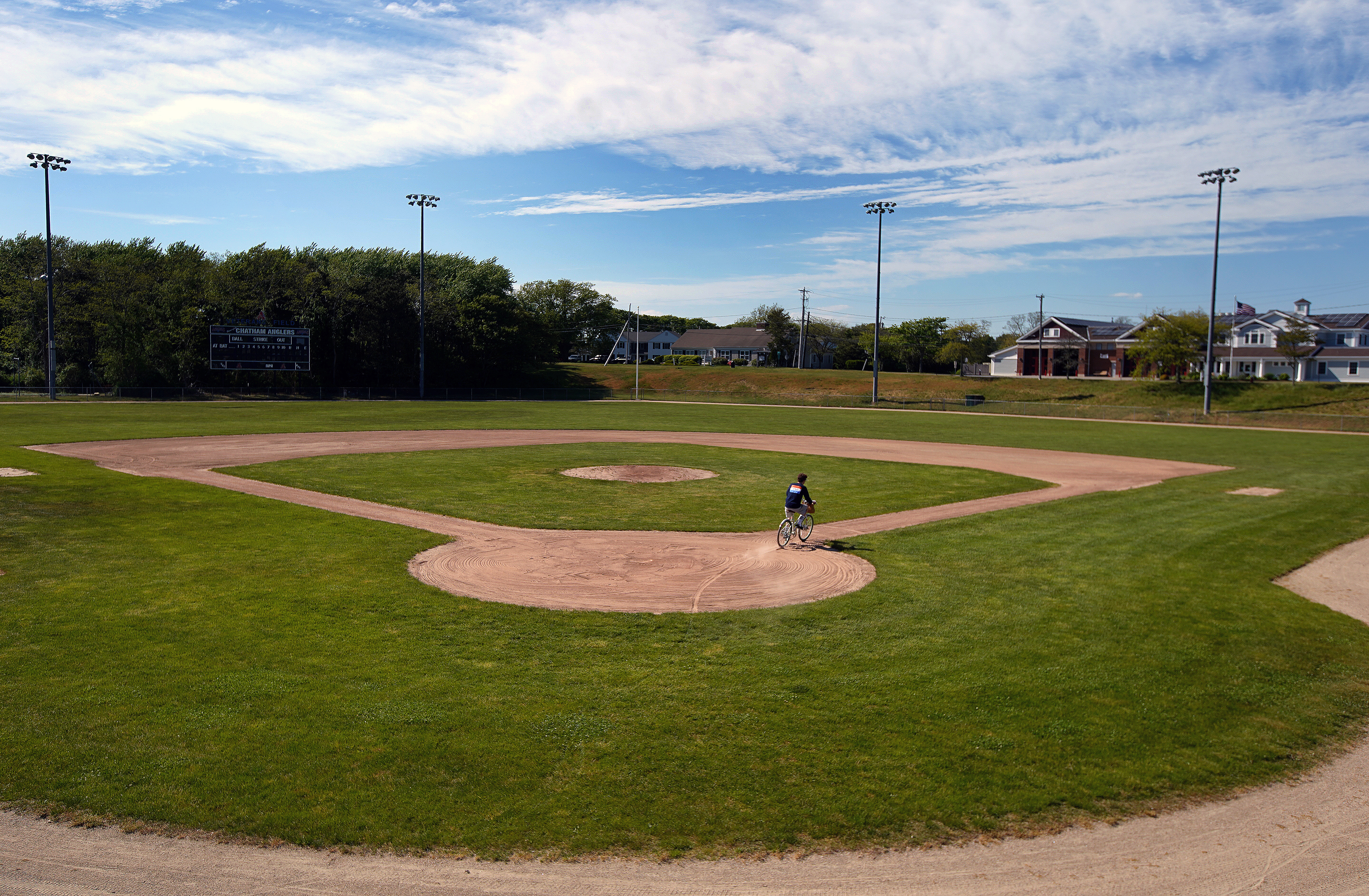
Max Scherzer won’t be starting spring training workouts Wednesday in the warmth of Mets camp in Port St. Lucie, Florida. Marcus Stroman won’t be shaking off rust amid the cactus at the Cubs complex in Mesa, Arizona.
No crack of bats or thwacks of balls popping into mitts.
No free agents putting on new uniforms for the first time.
No veterans hugging teammates following months apart.
No kids leaning on chain-link fences waiting for autographs.
No sign of getting ready for an opening day that may not happen on March 31.
Not even a negotiating session.
Neither side made any public statement this week to acknowledge the obvious: Spring training is failing to start on schedule for the first time since 1995, victim of a lockout that stretches into its 77th day Wednesday as players and management squabble over how to apportion an industry with $10 billion annual revenue.
So instead of debating RBIs and ERAs, Major League Baseball has been reduced to disputing CBTs and AAVs.
Get a weekly recap of the latest San Francisco Bay Area housing news. >Sign up for NBC Bay Area’s Housing Deconstructed newsletter.
Pitchers and catchers won't be reporting to camp as scheduled, but MLB doesn't plan to announce a disruption to spring training until Feb. 26 exhibition openers can't be played.
If talks stretch into March — all signs are they will— season openers are likely to be pushed back.
"I am an optimist and I believe we will have an agreement in time to play our regular schedule,” baseball Commissioner Rob Manfred said at a news conference last Thursday. “I see missing games as a disastrous outcome for this industry, and we’re committed to making an agreement in an effort to avoid that.”
Those were Manfred's first comments to media since Dec. 2, the day baseball's ninth work stoppage began, its first since 1995.
Pace of bargaining has been even slower than pace of games.
There have been just five negotiating sessions on core economics since the lockout started: a Zoom gathering on Jan. 13 followed by in-person meetings on Jan. 24-25 and Feb. 1 and 12. Reliever Andrew Miller has been the only player to attend in person and Rockies CEO Dick Montfort the only owner.
Players have demanded significant change, angered that payrolls were $4.05 billion last year, down 4.6% from their record high of just under $4.25 billion in 2017, the first year of the just-expired labor contract.
The union has asked for salary arbitration eligibility to be expanded to two years of major league service, its level from 1974-86, proposed a decrease in revenue sharing and wants new methods for top young players to be credited with additional service time, which the union says would address its allegations of service time manipulation.
Management has said it won't consider cutting revenue sharing or expanding arbitration. The sides are far apart on minimum salaries, the amount of a proposed bonus pool for young stars, and luxury tax thresholds and rates.
“The league was not required to declare a lockout,” union head Tony Clark said on Dec. 2 in his only comments to media since the lockout began. “Players consider it unnecessary and provocative. This lockout won't pressure or intimate players into a deal that they don't believe is fair.”
Manfred said the lockout was “defensive,” citing the union's decision to strike late in the 1994 season, which led to a 7 1/2-month stoppage and the first canceled World Series in 90 years.
“If you play without an agreement, you’re vulnerable to a strike at any point in time,” he said. “What happened in 1994 is the MLBPA picked August, when we were most vulnerable because of the proximity of the large revenue dollars associated with the postseason. We wanted to take that option away and try to force the parties to deal with the issues and get an agreement now, which is what we continue to believe is best for the fans.”
Both sides seem to believe the other won't make significant moves until the verge of opening day being threatened. Manfred said last week that perhaps four weeks of training would be needed, with additional time for ratification and players to travel to camps.
When players were locked out in 1990, the sides said a minimum three weeks of training were needed ahead of April 2 openers. When March 12 passed without an agreement, MLB said it would wait four additional days before making any announcement. Owners made a new proposal on March 16, leading to weekend negotiations and the announcement of an agreement at 1:18 a.m. EST on March 19.
Training camps opened March 20, exhibition games began March 26 and opening day was pushed back a week to April 9. After announcing on the night of the agreement that a 158-game schedule was contemplated, the sides struck a deal on March 22 to extend the end of the regular season by three days and have each team play a full 162.
In the meantime, these negotiations appear to be a game of chicken.
“The issues that the players are interested in engaging on has been the same leading up to bargaining, throughout bargaining and will continue to be the same moving forward," Clark said on the day the lockout began. "A fair contract that maintains a market system and addresses the competitive integrity issues that we’ve highlighted for some time.”



